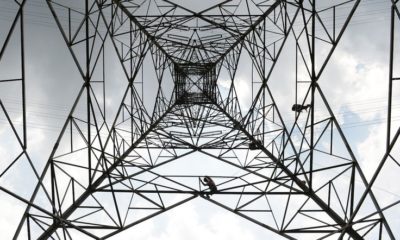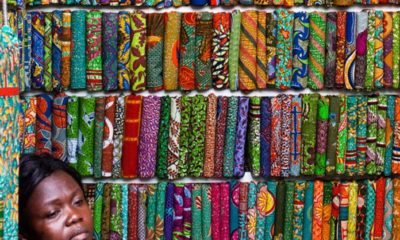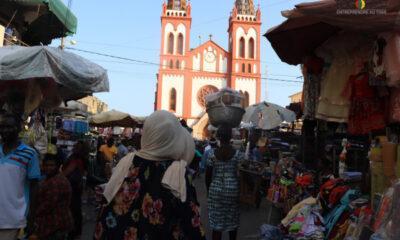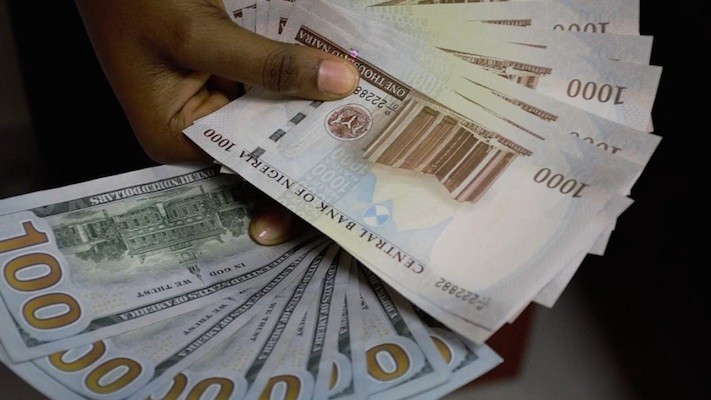With Togo moving to position itself as a regional leader in terms of textile production, the country is increasing its focus on sustainability and digitalisation as it seeks to maximise value across the supply chain.
As OBG has recently explored, the global textiles industry is one of the major contributors to climate change: with pre-pandemic annual emissions of 1.2bn tonnes, it is the second-largest industrial polluter, second only to the oil and gas industry.
This situation has led many textile industry players to increase their focus on sustainability and other environmental, social and governance principles.
Opened in June this year, the Plateforme Industrielle d’Adetikopé Textile Park aims to transform the country’s apparel industry value chain, as well as boost exports of cotton textiles and finished garments.
The park’s commitment to sustainability is evident in a range of measures: among others, it will process 100% sustainably sourced cotton, under Cotton Made in Africa standards; use 100% renewable electricity, offsetting 20 tonnes of carbon emissions per day; recycle 90-95% of the water used during processing; and comply with independent international certifications regarding dyeing and finishing fabrics.
Furthermore, the project will also create considerable economic benefits, as it is expected to generate an estimated 20,000 direct and 80,000 indirect jobs, and contribute up to 21% to national GDP.
“Sustainability is at the core of Togo’s development plans, particularly for the textile industry,” Cynthia E. Gnassingbe-Essonam, secretary-general of Togo Invest, told OBG. “If Togo is to compete on a global stage, it must be prudent with the usage of its resources, and ensure that energy sources are reliable and have a good mix of renewables.”
Another public-private partnership that demonstrates Togo’s commitment to sustainability is the 50-MW Mohamed Bin Zayed solar plant in the country’s Centrale Region. Opened on June 24, it is the largest such plant in Western Africa, and will provide electricity to 158,333 households.
The plant was built by Dubai-based AMEA Power, which was drawn to Togo’s “renewable friendly” regulations. The project received $8bn in pre-funding from Togo’s National Development Plan, while 80% of the construction workforce was recruited locally.
A history of textiles production
While these new developments are providing the domestic clothing industry with new impetus, Togo has an established track record as a textiles powerhouse.
In the 1970s the country was considered the centre of commerce in West Africa, with the textiles industry its primary source of revenue.
Female entrepreneurs known as Nana Benz (with “Nana” meaning mother in Togolese, and “Benz” being a reference to their preferred mode of transport) positioned the capital, Lomé, as a regional centre of textile distribution.
By the early 2000s, however, the Nana Benz’s fabrics faced strong competition from the Chinese market, whose textiles sold at one-tenth of the price of those produced in Togo.
This prompted efforts to boost the sector, and between 2011 and 2015 cotton exports more than doubled in volume, from 19m kg to 44m kg. In 2017 Togo’s top import markets for textiles and clothing were China, accounting for almost 50% of the total, followed by Japan (18.9%), Vietnam (4.38%), India (4.04%) and Germany (3.26%).
Such efforts have continued, but the textile industry is still widely seen as having untapped potential, both to consolidate its centrality to Togo’s GDP, and to increase the country’s interconnectivity with regional and global markets.
“The cotton industry already carries its own economic weight but, with more value-added, the industry could become a development axis not only for Togo but for the whole of West Africa,” Gnassingbe-Essonam told OBG.
This is a sentiment shared by Jesse Damsky, the president of Plateforme Industrielle d’Adetikopé. “Despite Togo’s small size, the country offers huge potential for growth and international connections. In addition, the government’s support for building out natural resources and creating value for the industry sector is unwavering,” he told OBG. “Togo already has burgeoning cotton, cacao, phosphates and coffee exports, while the immediate transformation opportunity is in the garment and textile industry.”
Improving logistics, leveraging digitalisation
While there is much optimism surrounding the Togolese textile industry, there are nevertheless various hurdles still to be overcome if the sector is to realise its full potential.
Many of these are related to infrastructure, and in particular to energy supply – a gap which projects such as the Mohamed Bin Zayed solar plant aim to fill.
“The cost of energy is the tipping point for the viability and longevity of a thriving textile industry in Togo,” Damsky told OBG. “Reliable energy is hard to come by in West Africa, and the textiles industry is heavy on both water usage and electricity usage. Balancing these two resources is a key challenge that Togo faces over the next decade.”
Poor-quality roads and a lack of transport infrastructure constitute a further obstacle to trade in the region. However, as OBG has extensively detailed, it is expected that the African Continental Free Trade Area will serve to drive infrastructural improvements, unlocking market potential and creating more integrated supply chains.
Another key issue is related to maximising the potential of the latest technological developments, and in particular those associated with the so-called Fourth Industrial Revolution (4IR).
New digital technologies have already begun to impact Togolese society.
For example, the BBC recently reported that the Togolese Ministry of Posts, Digital Economy and Technological Innovations had worked with a team at the University of California, Berkeley, to produce a “poverty map” of Togo.
This process involved filtering satellite imagery through a computer algorithm in order to establish which were the poorest regions of the country. The map was then used as a basis to distribute emergency cash via mobile phones to those people hardest hit by the Covid-19 pandemic.
Elsewhere, Togolese farmers have begun using drones to spray pesticides on rice crops. A Lomé-based school called e-AgriSky is teaching local farmers how to fly the devices, which in addition to increasing yields and reducing costs, is also much safer than manual crop spraying. By 2025, the school hopes to have trained 8000 certified drone pilots.
Going forwards, digital technologies will likewise be key to boosting value in the Togolese textile industry.
“Working with seed cotton is hard and labour-intensive, especially when compared to other crops in similar areas. Fortunately, there are increasing levels of mechanisation in seed cotton cultivation that are slowly eroding the laborious nature of cotton growing,” Jacky Riviere, country head for agri-business multinational Olam in Chad, told OBG.
But while the industry is poised to embrace 4IR, this will require a sufficiently well-trained workforce.
“Training and digitalisation go hand in hand. Without the necessary people to take new technologies and run with them, few businesses or sectors of the economy will benefit,” Gnassingbe-Essonam told OBG. “Because of this, stakeholders and policymakers in Togo have been proactive in creating centres for study and education.”

 Education4 weeks ago
Education4 weeks ago
 News3 weeks ago
News3 weeks ago
 Business3 weeks ago
Business3 weeks ago
 Technology3 weeks ago
Technology3 weeks ago
 Investment4 weeks ago
Investment4 weeks ago
 Investment3 weeks ago
Investment3 weeks ago
 Telecommunications4 weeks ago
Telecommunications4 weeks ago
 Banking Sector3 weeks ago
Banking Sector3 weeks ago





























